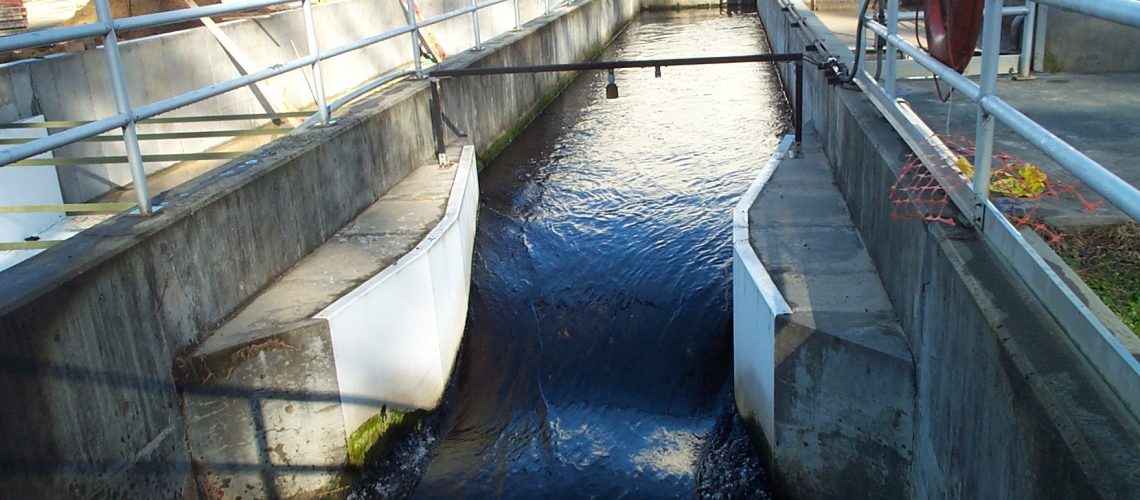Water rights applications are among the most common applications for flumes of various kinds, and if you’re going to implement irrigation flumes in your flow channel, you need to be aware of the various problems that can arise. Irrigation flumes can encounter quite a few different problems, but you can combat these issues well if you know what they are and how to address them. Learn what to look out for with irrigation flumes.
Misplaced Staff Gauge
One of the most common problems people have with irrigation flumes is a relatively easy fix. Staff gauges are often misplaced, and if the meter you’re using to measure flow rate is off, all your measurement efforts will be in vain even before you input the measurement into the equation. Remember, the staff gauge for a Parshall flume, the most common kind of irrigation flume, is at the back of the throat about two-thirds of the length of the converging wall. It isn’t at the throat, the entrance, or upstream.
Flume Isn’t Level
Your flume must be level in order to function properly. That much is essentially common knowledge, but far too many are taking shortcuts in determining whether or not it’s level. If you measure the top of the flume to see if it’s level, you may not be getting the full story. That’s why you need to measure the floor because that’s where being level matters the most. Be sure to check the level frequently, especially after winter in earthen channels, as frost heave can be a serious problem.
Poor Downstream Conditions
Like any other kind of flume application, downstream conditions must be ideal in order to take proper measurements. If they’re not, you could create a backflow, which in turn will submerge your flume. While some submergence can be accounted for by taking an extra point of measurement, it’s always better to simply not have your flume submerged in the first place. To fix submergence, you’ll either have to raise the flume in the channel, which isn’t always possible or alter the downstream conditions. Most of the time, vegetation growth and the buildup of trash and debris are what’s causing the poor downstream conditions.
Poor Upstream Conditions
The upstream conditions of a flume are just as important as the downstream conditions. Irrigation flumes are like any other application in which the approach flow must be centered in the channel with a significant straightaway that doesn’t have any bends or turnouts. Additionally, it needs to have a normal velocity profile. If you can’t place your flume in a spot where this naturally occurs, you may have to implement certain accessories to guide the flow as needed.
Irrigation Flumes from Tracom
Now that you know what to look out for with irrigation flumes, you can opt for one of your own. That’s where Tracom can help. Our team will work with you to design the perfect irrigation flume for your unique open channel flow conditions whether you want a Parshall, a cutthroat, or any other design that may work better. Contact us today to get started!



